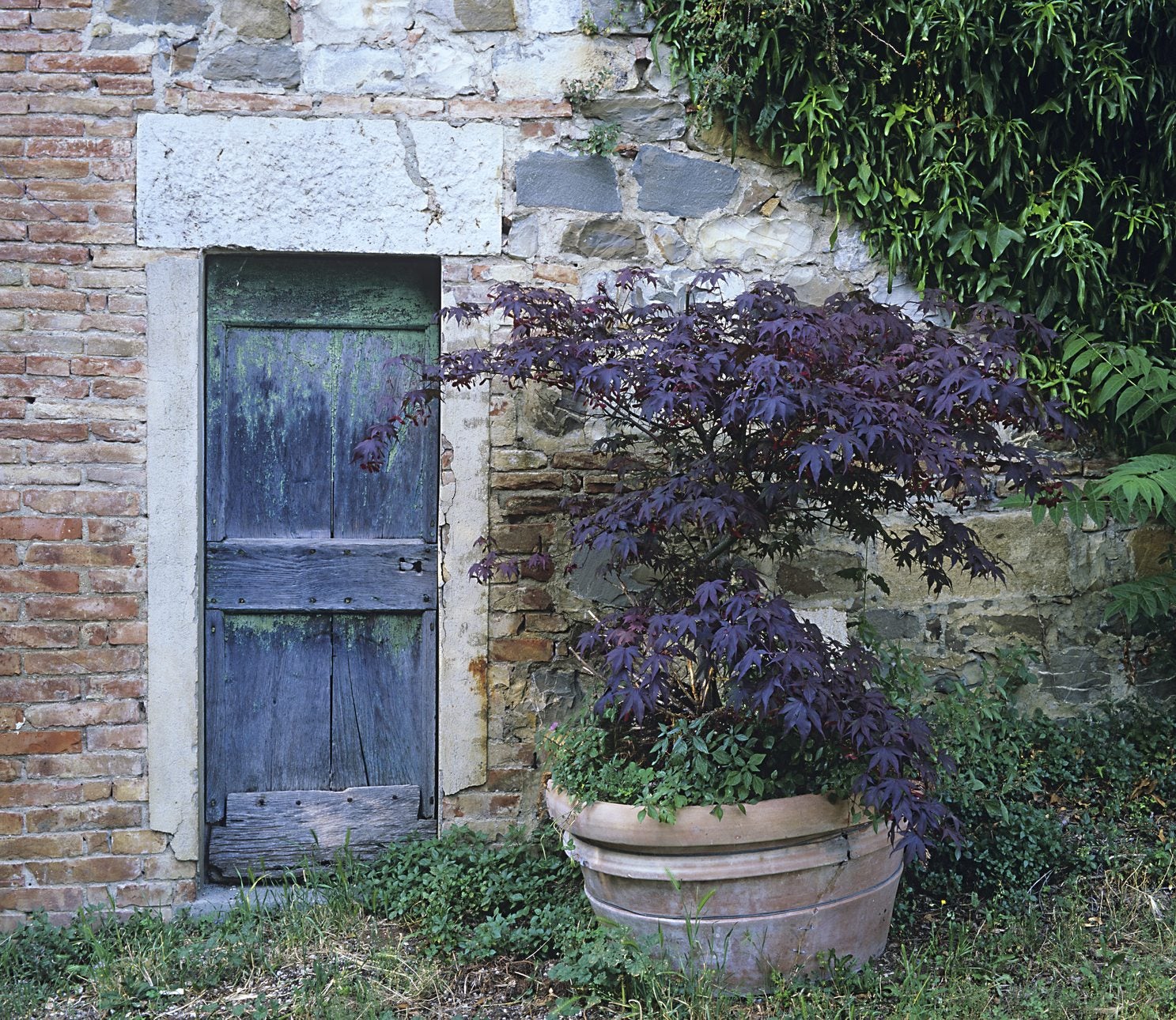Caring For Potted Japanese Maples – Growing Japanese Maples In Containers


Can Japanese maples be grown in containers? Yes, they can. If you have a porch, a patio, or even a fire escape, you have what you need to start growing Japanese maples in containers. These graceful, slender maple trees (Acer palmatum) thrive in pots as long as you know how to plant them. If you are interested in planting a Japanese maple in a pot, here’s all the information you’ll need to get started.
Can Japanese Maples Be Grown in Containers?
Growing Japanese maples in containers is not as unusual as you may think. Many different types of trees thrive in containers. The smaller the mature size of the species, the more likely it is that the tree will grow happily in a large pot. You can grow both evergreen and deciduous trees in containers. Smaller species and dwarf varieties of evergreens usually do well as container-grown plants. So do small deciduous trees like the Japanese maple.
Growing Japanese Maples in Containers
It’s not that hard to start growing Japanese maples in containers. To start one or more potted Japanese maples, you need a large container, good potting soil, and a partially sunny location for it. The first step toward having a container-grown Japanese maple is to determine a variety that would work well in your area. With hundreds of different Japanese maple cultivars available in commerce, you need to choose one that will grow in your plant hardiness zone. Pick dwarf or semi-dwarf species for your potted Japanese maples. Generally, these maples grow slower in pots and develop smaller root systems. If you pick a tree that doesn’t get taller than 10 feet (3 m.) tall, you won’t have to do annual pruning.
Caring for a Japanese Maple in a Pot
If you want a healthy, happy, container-grown Japanese maple, you’ll need to plant your tree in a container that is about twice the size of the tree’s root system. It is imperative that the pot has one or more drainage holes. Keep the soil moist but not wet. Use good quality potting soil to fill the pot. Once the tree is potted, water it well. This helps to settle the roots in the soil. Don’t fertilize until spring, and even then dilute a water-based fertilizer to half-strength. If over time, you see that the roots of the Japanese maple in a pot touch the side or bottom of the container, it’s time for root pruning. Clip out the big, wood roots. This lets smaller roots develop.
Sign up for the Gardening Know How newsletter today and receive a free copy of our e-book "How to Grow Delicious Tomatoes".

Teo Spengler is a master gardener and a docent at the San Francisco Botanical Garden, where she hosts public tours. She has studied horticulture and written about nature, trees, plants, and gardening for more than two decades, following a career as an attorney and legal writer. Her extended family includes some 30 houseplants and hundreds of outdoor plants, including 250 trees, which are her main passion. Spengler currently splits her life between San Francisco and the French Basque Country, though she was raised in Alaska, giving her experience of gardening in a range of climates.